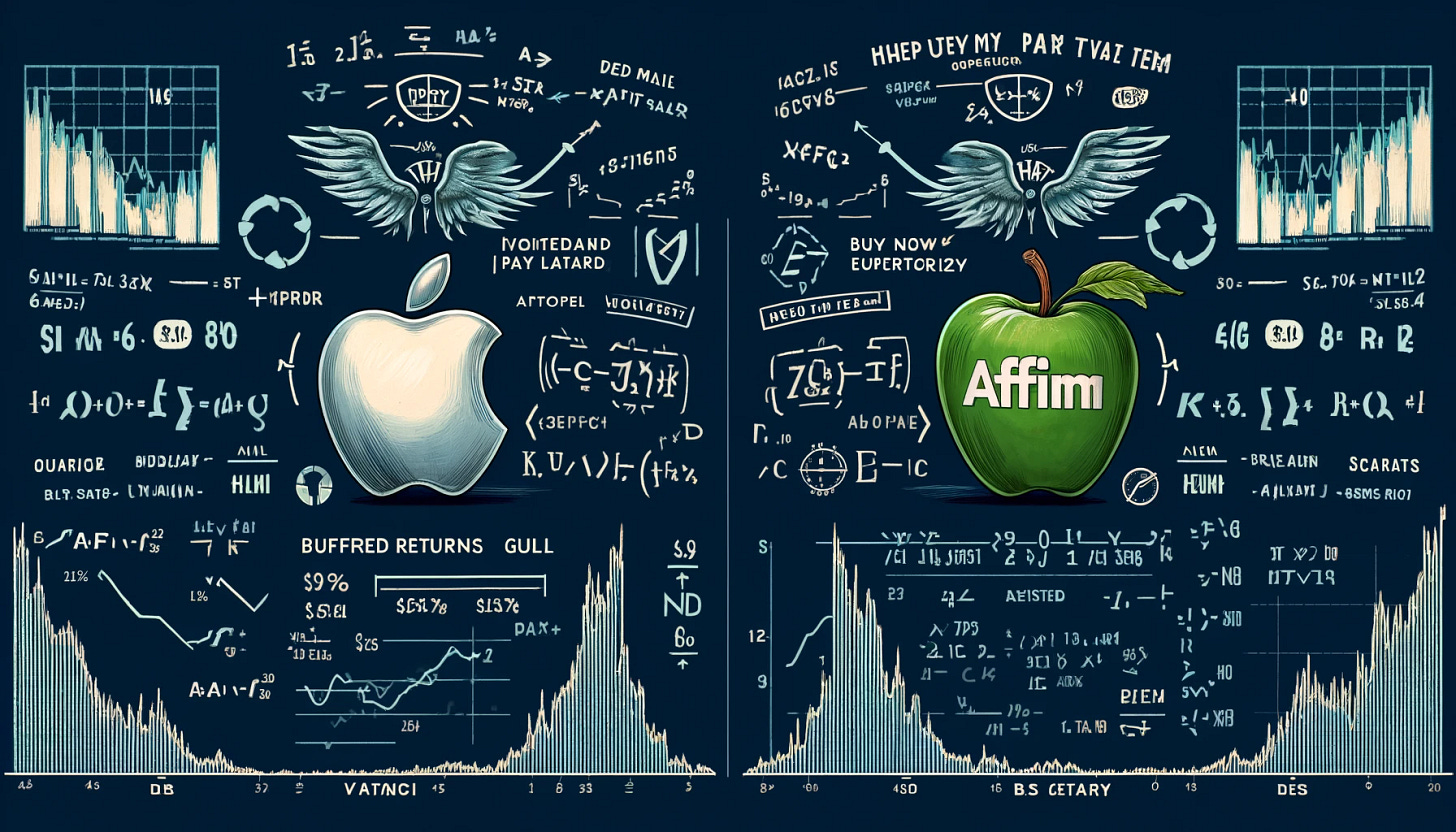Setting the Table:
One of the primary components of liquidity is volume, and while the market is floating upwards, there’s relatively little to note with overall volume.
OCC wise, June is trading about 7% below the 2024 average. Yesterday trading was even lighter at only 42M contracts.
AAPL missed the memo. Or at least didn’t want NVDA taking over the market cap title. Even for top tier equities, there can be volume surges, and Apple Intelligence drove the Cupertino darling back to the top.
Yesterday’s volume notched the highest LIQ score of the year for AAPL and was a top ten change in the LIQ Picks.
Hedged Equity (GULL): LIQ
Similar to the covered call, the Hedged Equity (GULL) trade is an overlay that buffers downside by exchanging upside potential. However rather than just collecting premium, it uses the cash to pay for a put spread. Liquidity is even more important here because of the various strike selections required. With fewer levels, it’s harder to get something that matches your target.
While there may be hundreds of deep ITM or OTM strikes listed in something like SPY, there’s a pretty direct relationship between the amount of liquidity and the number of strikes that get listed.
Liquidity also matters across multiple legs because of the number of markets you have to cross. If you add up the bid-ask spreads of three nickel wide markets, you’re paying three times the half spread. That gets even more extreme as some of the legs are further out of the money, like the short put in a GULL.
While pennies add up, also remember whether your objective is pennies or dollars. Paying up to get a position on that optimizes thousands of dollars or more is often the real goal.
For the most part we use the GULL trade on medium and longer term investments, but it can also be a shorter term play to capture upside. High volatility levels expand the pricing here, and while the coverage on the downside stays fixed, more expensive calls let you push the strikes further away from the money to pay for it.
We typically look at a 90 day GULL reading for longer term investments (quarterly rolls). 30 day GULL trades are likely more appropriate for opportunistic trades.
As with most options strategies, this is a good structure to tranche over time if you have enough shares. Splitting up quarterly rolls across three months dramatically reduces your rebalance timing luck. Roll every month, but only one third of the position.
Investments: AAPL
While AAPL was starting to feel like the boring old curmudgeon of the Mag7, yesterday’s price action proved it still has broad investor support and markets to capture in the AI boom.
The tight implied vol markets (1/172 = ~0.6% wide) also make it an excellent choice for overlay strategies, though I’d prefer dollar listed strikes rather than the 2.50 in the weeklies and $5 wide further out.
Even if yesterday saw a 66% jump in the average LIQ score, the chart above shows that consistently AAPL scores over 100. This is a pretty robust product to trade.
The GULL readings at 90 days are over 8%, which has been fairly consistent over the last several months, no matter where the stock price is.
The major benefit of a GULL here is that as stock is sitting at/near all time highs, you can still capture some upside, while buffering against any retracement.
The closest month to the indicator would be September at 99 days away, and those extra days and strike listings get you a bit more upside to $225, and if stock is down 20% to $165 - you 73% of those losses are protected.
Strike listings fit rather closely here to our targets, despite them being 2.5% apart.
If you’re momentum inclined, accept less protection by selling a higher put, making the spread cheaper. With a tighter put spread, you get slightly more than half the losses down 10%, and up to 13% gains.
Keep reading with a 7-day free trial
Subscribe to Portfolio Design with TheTape to keep reading this post and get 7 days of free access to the full post archives.










